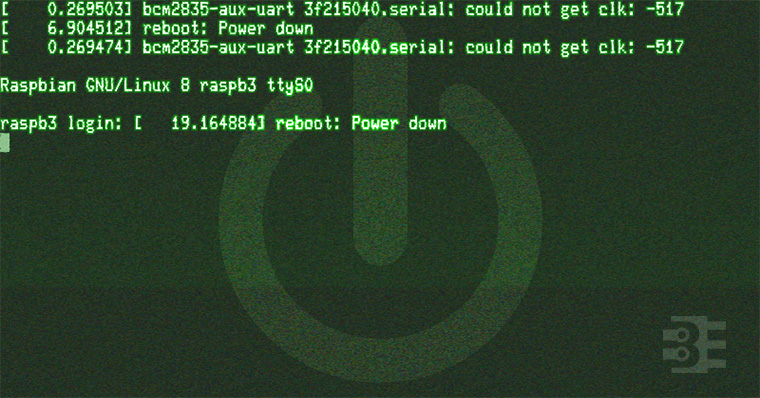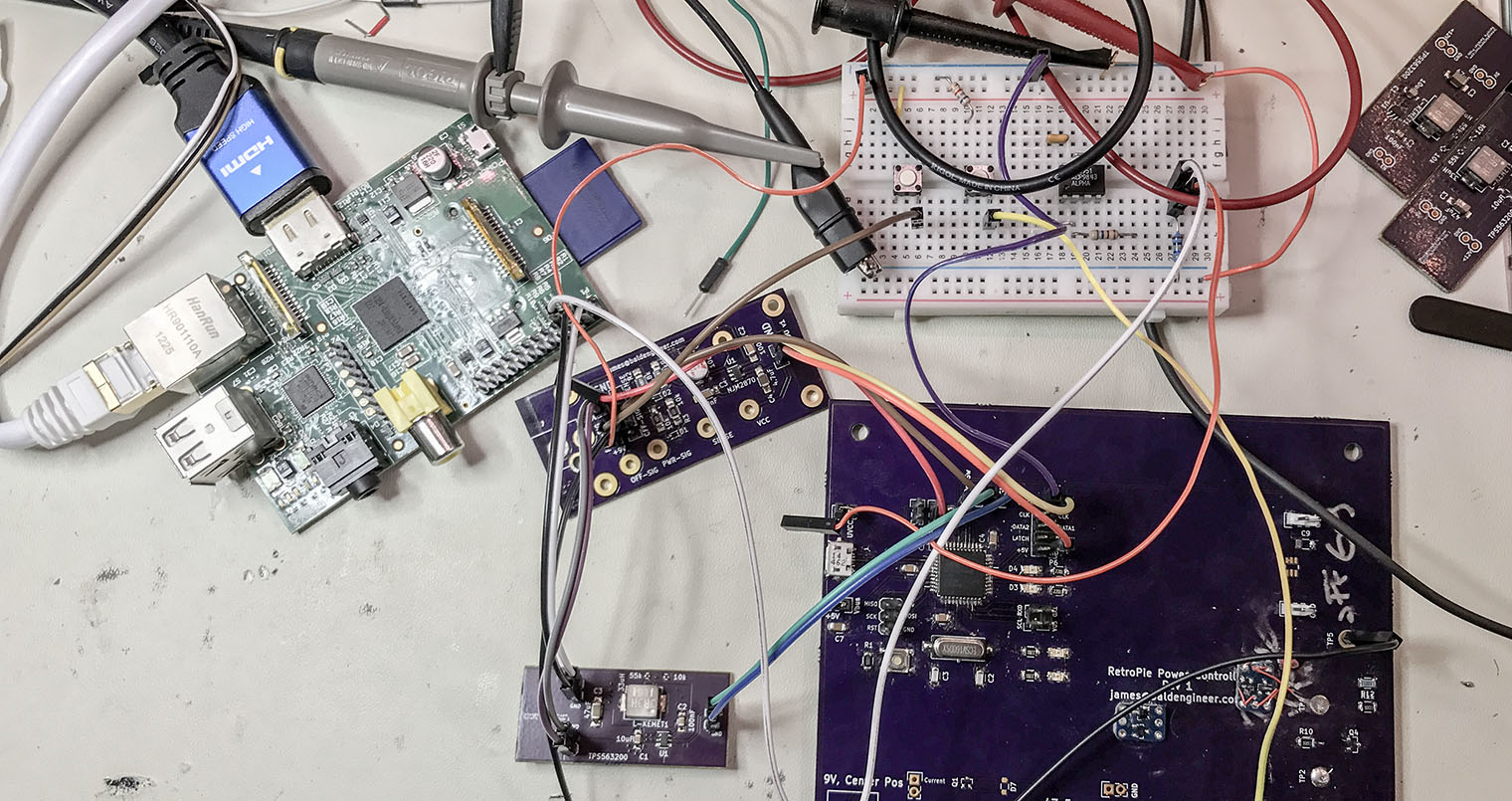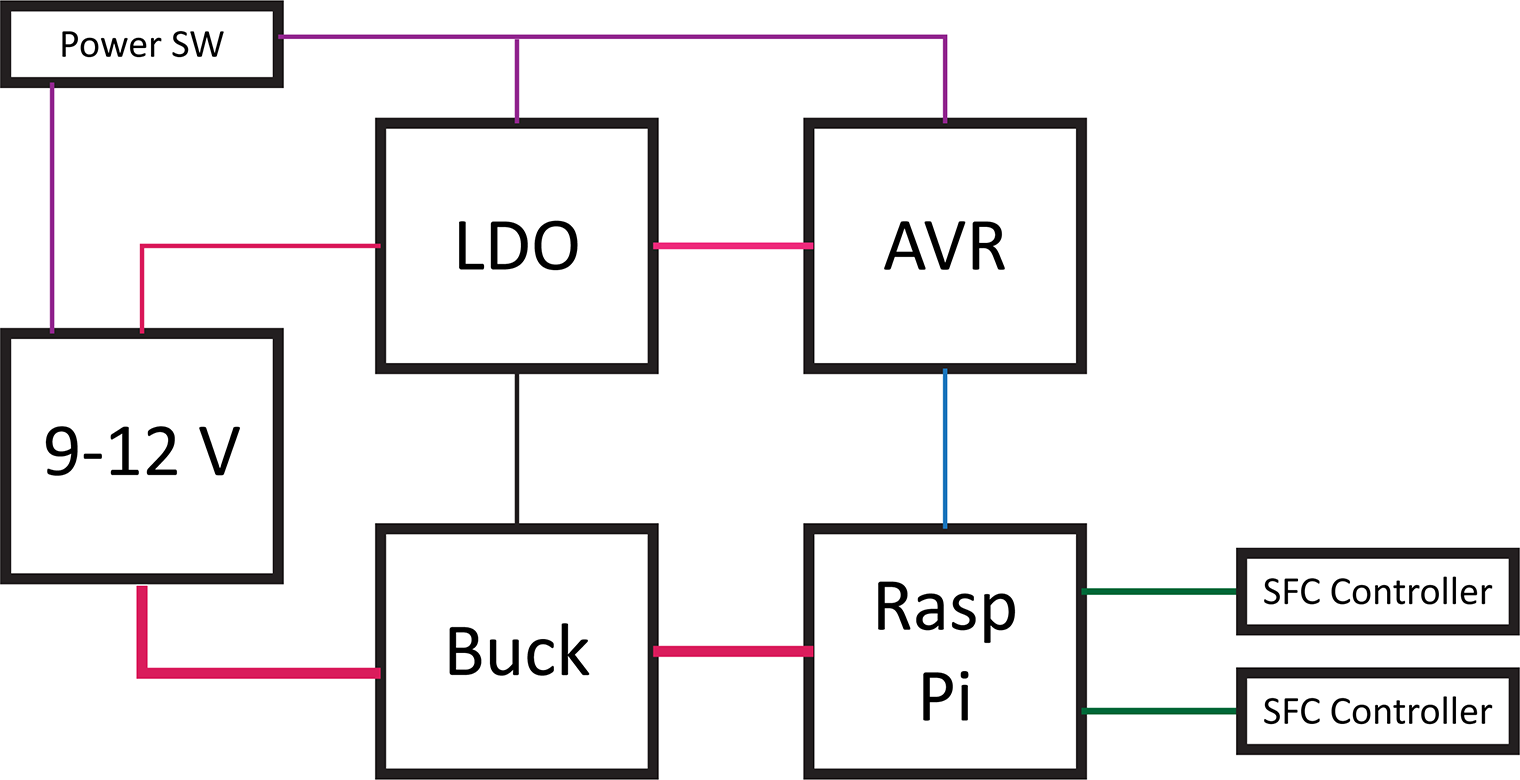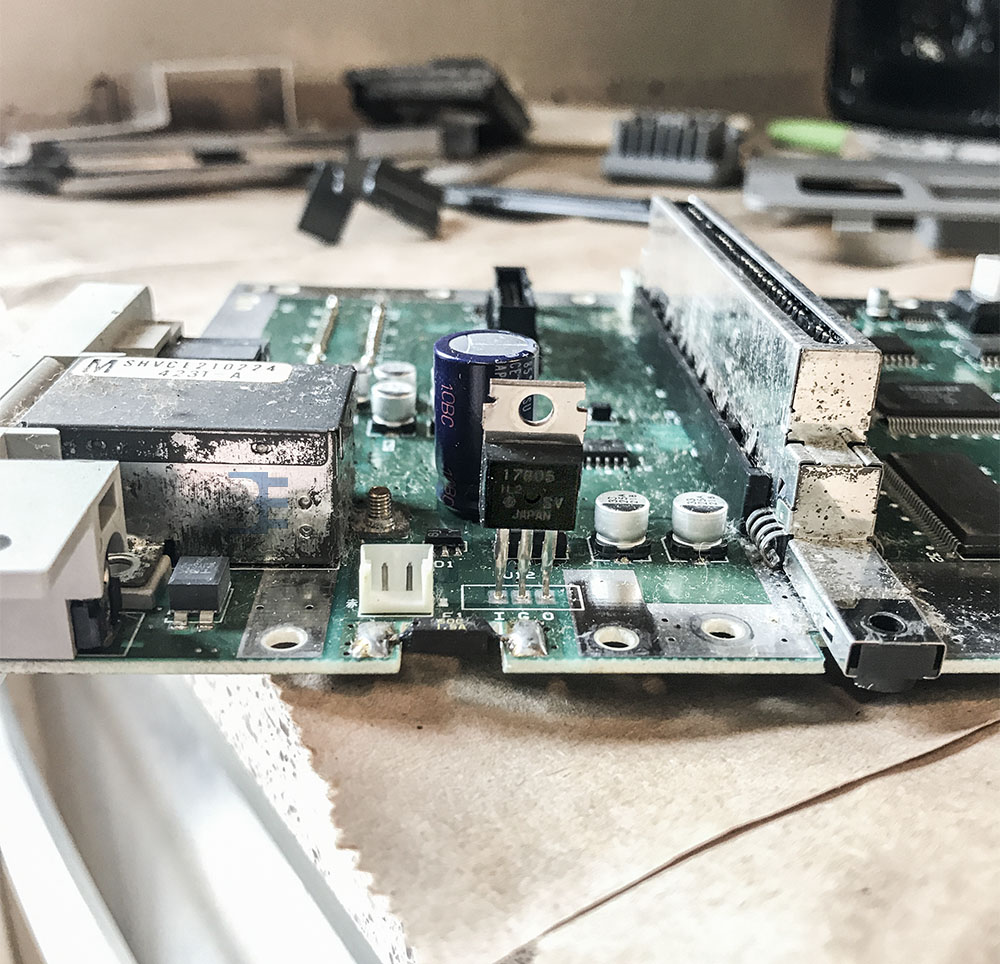In this element14 Workbench Wednesdays episode, I review tools provided by Weller which are suitable for surface mount soldering. Throughout the soldering series, I have been using mini-projects to see how the gear works. Making this particular video was special to me. The subject was a TI-85. Back when I was a kid, one of my first soldering projects was to replace a capacitor in the TI-85. At the time, all I knew is that the change would make it run faster. I didn’t know why I just knew it worked.
Today, I now know that capacitor was part of an RC oscillator for the Z80 CPU. It clocked the processor. By putting in a lower value, such as 2.2 or 4.7 pF, the calculator would speed up. The trade-off, of course, is that it means the batteries drain faster! But hey, before someone created Zshell, this was the only way to make Breakout run fast.
Of course, the focus of the episode is the gear from Weller. So please, hit-up element14 and check that stuff out. You can also find the polls I mention at the end of the video there.
Watch, Comment, and Vote on element14




